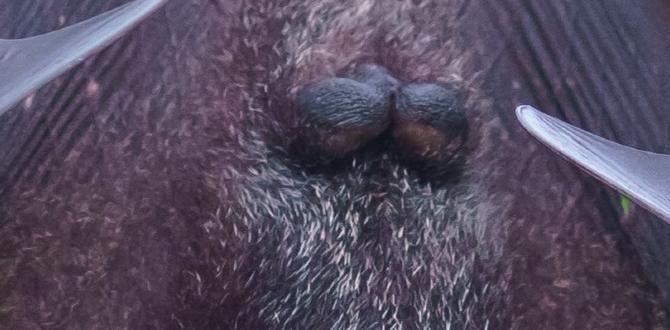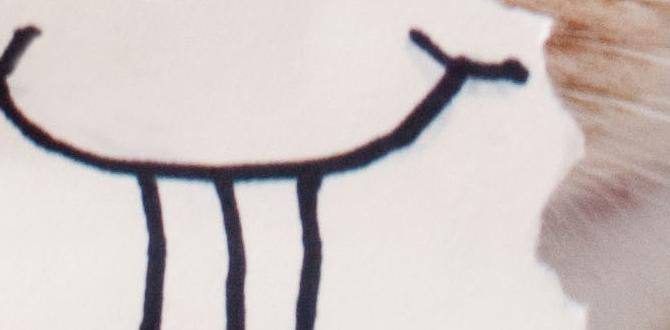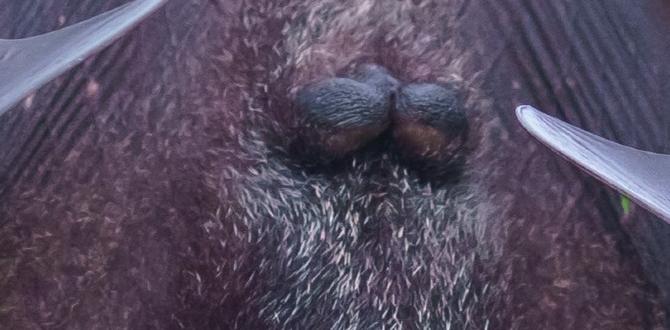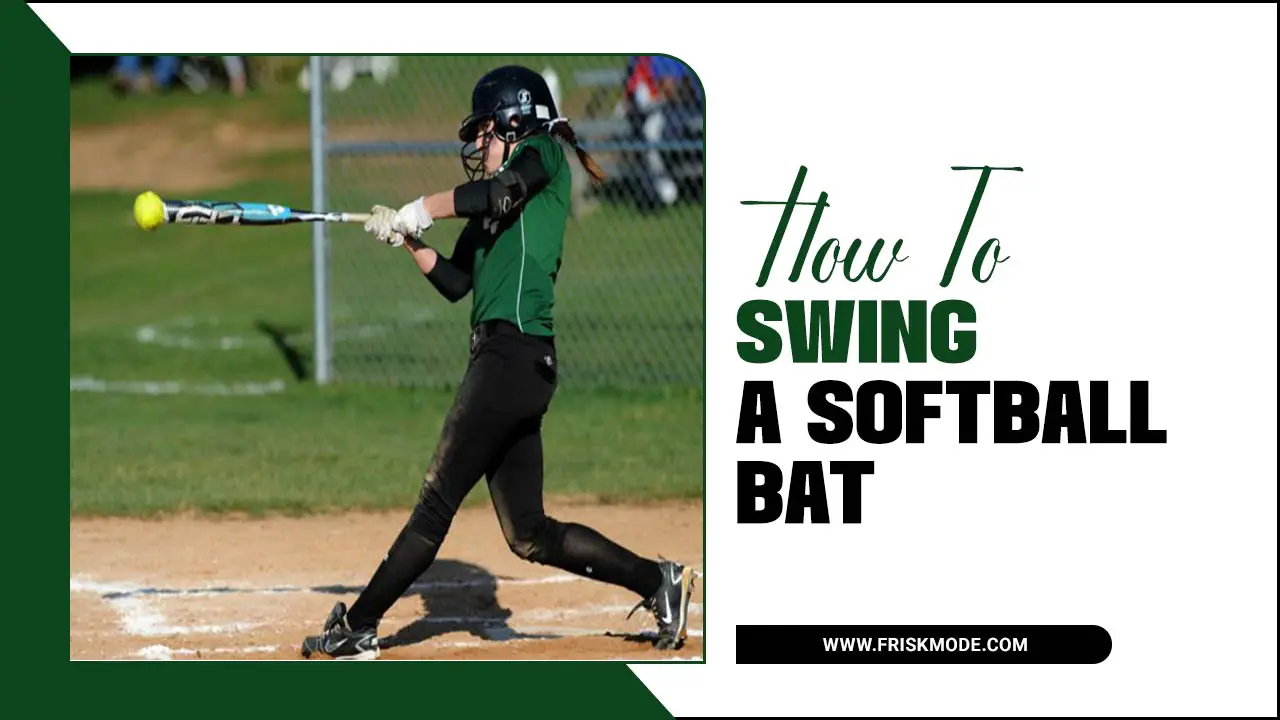Essential protection for every catcher starts with top-rated shin guards. These vital pieces of gear absorb high-speed impacts, prevent bruising, and keep you in the game, protecting your shins, knees, and feet from foul balls and slides. Choosing the right pair ensures comfort, mobility, and ultimate safety behind the plate.
Behind the plate, the catcher is the field general, calling the shots and making crucial plays. But this position also takes a constant pounding. Foul balls, errant pitches, and aggressive slides can sting. One of the most important pieces of equipment for any catcher, regardless of age or skill level, is a solid pair of shin guards. Think of them as your first line of defense against those painful impacts. Many players, especially those just starting out, might underestimate their importance. They might focus more on the bat or the glove, but without good shin protection, you can’t be at your best. Don’t worry, though! We’re here to break down exactly what makes great shin guards, what to look for, and which ones stand out. Get ready to learn how to pick the best protection so you can focus on making those game-saving plays.
Why Shin Guards Are a Catcher’s Best Friend
As a catcher, your position puts you in harm’s way more than most. Every pitch, every foul tip, every slide into home plate is a potential impact. Shin guards aren’t just extra padding; they are absolutely vital for preventing injuries. These aren’t the bulky, uncomfortable leg guards of yesteryear. Modern shin guards are designed with advanced materials that offer superior protection without sacrificing mobility. They absorb shock, distribute force, and protect your shins, knees, and ankles from nasty bruises, cuts, and even more serious injuries.
Think about it: a baseball traveling at high speeds can pack a serious punch. Without proper protection, direct hits can lead to significant pain, swelling, and time away from the game. Good shin guards act like a shock absorber, dissipating the energy of the impact before it reaches your delicate bones and tissues. Furthermore, they protect against scrapes and abrasions from slides and close plays at the plate. Investing in a quality pair means investing in your ability to play comfortably and consistently throughout a long season.
Key Benefits of Wearing Quality Shin Guards:
- Impact Absorption: Modern materials are designed to spread and absorb the force of pitched balls and foul tips.
- Injury Prevention: Protects against bruising, scrapes, cuts, and potential fractures.
- Comfort and Mobility: Lightweight designs and ergonomic features allow for a full range of motion.
- Confidence Behind the Plate: Knowing you are protected allows you to focus on your game.
- Extended Playtime: Less pain means less soreness, allowing you to play longer and with more consistency.
What to Look for in Top-Rated Catchers Shin Guards
When you’re sifting through the options for “catchers shin guards top rated,” it’s easy to get overwhelmed. But focusing on a few key features will help you pinpoint the perfect pair for your needs. Remember, what’s “top-rated” for one player might not be ideal for another, so understanding these elements is crucial. We’re talking about protection, comfort, fit, and durability. These are the pillars of great catcher’s gear.
The most critical factor is protection. Look for shin guards with robust padding, particularly around the shin, knee, and ankle areas. Materials like high-density foam, advanced plastics, and even metal inserts are common in high-end models. These materials work together to absorb and disperse impact energy effectively. Beyond raw protection, comfort is paramount. Shin guards need to stay in place without chafing or restricting your movement. Adjustable straps, breathable liners, and an ergonomic design play a huge role here.
Fit is another non-negotiable. Shin guards should feel snug but not constricting. They should cover your entire shin and knee area adequately. A guard that’s too short can leave your lower shin exposed, while one that’s too long might hinder your squatting ability. Finally, consider the material’s durability and the overall build quality. You want a pair that can withstand the rigors of regular play and practice for seasons to come. The best shin guards are a balance of these elements, offering excellent protection without making you feel like you’re wearing bulky armor.
Key Features to Consider:
- Material: High-density foam, ABS plastic, reinforced padding.
- Coverage: Full shin, knee, and extended toe protection.
- Straps: Adjustable, secure, and comfortable, preventing slippage.
- Liner: Breathable, moisture-wicking, and padded for comfort to prevent chafing.
- Weight: Lightweight enough for agility but robust enough for protection.
- Ventilation: Designed to allow airflow to keep your legs cool.
- Knee Cap Design: Whether it’s a separate cap or integrated into the guard, ensure it offers good protection and flexibility.
Top-Rated Catchers Shin Guards: Our Picks for Every Player
Finding the “catchers shin guards top rated” can be a game-changer for your performance and comfort. We’ve scoured the market and gathered insights to highlight some of the standout options available today. These selections are based on a combination of expert reviews, player feedback, innovative features, and overall value.
We aim to provide a spectrum, from elite-level protection for serious players to more budget-friendly yet highly functional options for beginners and youth leagues. Each model brings something unique to the table, whether it’s superior impact dispersion, an exceptionally comfortable fit, or groundbreaking lightweight design. Remember to consider your specific needs – be it the level of play, your size, or any particular comfort preferences – when making your final choice. This guide is designed to simplify your decision and ensure you get the best protection possible.
Elite Protection: For the Serious Catcher
These guards are built for the highest levels of play, offering maximum protection and advanced features designed to withstand the toughest pitches and longest games. They often incorporate cutting-edge materials and ergonomic designs developed with professional input.
- Brand X Pro-Series Shin Guards: Known for their superior multi-layer impact absorption system and anatomical fit. They feature a reinforced knee cap and a breathable, anti-microbial liner for extended comfort. The adjustable strap system ensures a secure fit that won’t budge during intense play.
- Brand Y Elite Catcher’s Leg Guards: These guards boast an innovative shell design that deflects balls and disperses impact force effectively. The lightweight construction doesn’t compromise on protection, and the extended toe guard offers extra coverage on the foot. They often have advanced ventilation channels.
Mid-Range Champions: The Best Balance of Performance and Value
For the dedicated player looking for excellent protection and durability without the premium price tag of elite models. These options strike a fantastic balance, offering features that make a real difference on the field.
- Brand Z Performance Shin Guards: A popular choice for their robustness and comfortable feel. They provide very solid protection with a good amount of padding and a well-designed knee cup. The versatile strap system makes them easy to adjust for a secure fit, and they hold up well to regular use.
- Brand A All-Around Catcher’s Guards: These guards are lauded for their versatility. They offer good all-around protection suitable for most levels, from high school to adult recreational leagues. The padding is substantial, and the fit is generally very accommodating, making them a reliable choice for many players seeking solid performance.
Youth and Beginner Favorites: Comfort and Safety First
Designed with younger players and beginners in mind, these shin guards prioritize comfort, ease of use, and essential protection. They are often lighter and more flexible, allowing for better mobility and less intimidation for new players.
- Brand B Youth Catcher’s Shin Guards: Lightweight and easy to put on, these guards are ideal for younger players. They offer sufficient protection for youth league play and feature softer padding for enhanced comfort. The adjustable straps are often designed to be user-friendly for kids.
- Brand C Entry-Level Catcher’s Leg Guards: A great option for players just starting out or those on a tighter budget. They provide the fundamental protection needed to catch confidently, with adequate padding and a straightforward, secure fit. Durability is usually good for the price point.
Innovations in Catcher’s Shin Guard Technology
The evolution of catcher’s gear is a testament to sports technology’s commitment to player safety and performance. Shin guards, in particular, have seen remarkable advancements. Once bulky and restrictive, they now offer a sophisticated blend of protection, comfort, and mobility, thanks to innovative materials and design principles. Understanding these innovations can help you appreciate why certain “catchers shin guards top rated” excel.
One of the most significant advancements is the development of advanced impact-absorbing foams and plastics. Materials like closed-cell EVA foam, polyurethane, and high-impact ABS plastics are engineered to absorb and dissipate energy more effectively than traditional padding. Some high-end models even incorporate D3O or similar “smart” materials that remain flexible during normal movement but instantly harden upon impact, providing an unparalleled cushion. This intelligent protection is a game-changer.
Ergonomics also plays a massive role. Manufacturers are now designing shin guards with a deeper understanding of catcher biomechanics. This translates to anatomical curves that better fit the leg, articulated knee caps that allow for more natural movement in the squat, and strategically placed ventilation channels to manage heat buildup during long games. The integration of breathable, moisture-wicking liners has also significantly improved comfort, reducing chafing and keeping players drier.
Material Science Advancements:
- Advanced Foams: High-density EVA and polyurethane foams provide superior shock absorption and are lighter than older materials.
- Impact-Resistant Plastics: Reinforced ABS and polycarbonate shells offer a hard outer layer to deflect and distribute impact.
- Smart Materials: Technologies like D3O offer flexible protection that hardens on impact.
- Reinforced Stitching and Webbing: For enhanced durability and longevity of the straps and construction.
Design & Ergonomic Improvements:
- Anatomical Fit: Contoured designs that conform to the natural shape of the leg and knee.
- Articulated Knee Cups: Allowing for greater flexibility and comfort when squatting and moving.
- Extended Toe Protection: Covering the top of the foot for added safety against foul balls.
- Ventilation Systems: Strategically placed vents and breathable liners to enhance airflow and reduce heat.
- Lightweight Construction: Reducing player fatigue and improving agility.
How to Properly Fit and Adjust Your Shin Guards
Getting the right fit for your shin guards is just as important as choosing a top-rated pair. An ill-fitting guard won’t offer optimal protection and can even cause discomfort, distracting you from your game. Taking a few minutes to ensure a proper fit and adjustment will make a world of difference on the field.
Start by trying on your shin guards to get a general sense of coverage. The shin guard should extend from just below the knee cap down to just above the top of your cleats. The knee cup should comfortably cover your kneecap and the surrounding area. When you’re in a squatting position, which is crucial for a catcher, the guards should stay in place and not dig into your leg or slip down. There should be no major gaps in coverage, especially around the sides and the top of the foot.
Once you have the coverage right, focus on the straps. Most shin guards come with adjustable straps, usually at the calf and above the knee. Loosen them first, position the shin guard correctly, and then begin to tighten. The goal is a snug fit that doesn’t restrict circulation. The straps should feel secure, preventing the guard from shifting during play. If the straps are too short or don’t offer enough adjustment, the guard might not be the right size or model for you. Some players prefer adding aftermarket shin guard straps for extra security, which can be a good option if you find your current ones don’t stay put.
Fitting Steps:
- Loosen Straps: Fully loosen all adjustable straps on the shin guards.
- Position Correctly: Place the shin guard on your leg so the knee cup covers your kneecap and the bottom edge extends to just above your cleats.
- Check Coverage: Ensure there are no significant gaps around the knee, shin, and ankle. The guard should feel like a natural extension of your leg.
- Tighten Calf Straps: Snug the straps around your calf first, ensuring they hold the guard firmly without cutting off circulation.
- Tighten Top Straps: Secure the straps above your knee, making sure they are firm and prevent the guard from sliding down, especially when you squat.
- Test Mobility: Stand up, squat down, shift your weight, and simulate catcher movements. The guards should remain in place and feel comfortable.
- Fine-Tune: Make minor adjustments to strap tightness as needed until you achieve a secure, comfortable fit that allows for maximum mobility.
Maintaining Your Shin Guards for Longevity
Investing in top-rated shin guards means you want them to last. Proper care and maintenance are key to ensuring they continue to provide excellent protection and comfort throughout the season and beyond. It’s not complicated, but a little effort goes a long way in preserving your gear.
After each use, it’s a good practice to wipe down your shin guards. Sweat, dirt, and grass can build up, and while these materials are designed to be durable, regular cleaning prevents degradation and keeps them fresh. Use a damp cloth to wipe away surface dirt. For the inner liners, especially if they are removable, follow the manufacturer’s instructions for washing. Many can be hand-washed with mild soap and water and then air-dried. Avoid putting them in a washing machine or dryer unless specifically instructed, as this can damage the padding and internal structure.
Proper storage is also crucial. When you’re done playing, don’t just stuff them in your gear bag. Ideally, let them air out completely before storing. This prevents moisture buildup, which can lead to mold or mildew and can also break down the materials over time. If possible, store them in a cool, dry place, away from direct sunlight, which can cause plastics to become brittle. Checking the straps and buckles periodically for any signs of wear or damage will also help you catch potential problems before they become serious issues.
Maintenance Tips:
- Wipe Down: After each use, wipe the exterior with a damp cloth to remove dirt and sweat.
- Clean Liners: If removable, hand wash liners with mild soap and water. Ensure they are completely dry before reattaching.
- Air Dry: Always allow shin guards to air dry completely after use or cleaning. Never use direct heat sources.
- Proper Storage: Store in a cool, dry place, away from direct sunlight. Avoid crushing them in your bag.
- Inspect Regularly: Check straps, buckles, and padding for any signs of wear, tear, or damage.
- Avoid Harsh Chemicals: Use only mild soap and water for cleaning. Harsh chemicals can degrade the protective materials.
The Importance of Shin Guards in Youth Baseball
For young players just developing their skills and love for baseball, safety is paramount. Shin guards are arguably one of the most important pieces of gear for youth catchers, and often, for other positions too, given foul balls and errant throws. The enthusiasm of young athletes can sometimes outweigh their developing reflexes, making protective equipment like shin guards absolutely essential.
In youth leagues, the pitching speeds might be lower than in professional games, but the unpredictability of foul ball trajectories and the sheer volume of pitches thrown can still lead to painful impacts. Shin guards provide that crucial layer of defense, preventing minor injuries that could lead to fear of the position or longer-term pain. Beyond just physical protection, wearing proper gear builds confidence. A young catcher who feels protected is more likely to embrace the challenges of the position – framing pitches, blocking balls in the dirt, and making quick throws – rather than being held back by the fear of getting hit.
Coaches and parents play a vital role in ensuring young players have and properly use this equipment. Explaining why shin guards are important in simple terms can help kids understand their value. Teaching them how to put them on correctly and adjust them for a snug fit reinforces the practice of taking care of their gear. This builds good habits early on that can carry through their athletic careers. For a comprehensive guide on youth baseball, the Little League safety guidelines offer excellent resources on equipment and player protection.
Why Youth Shin Guards Matter:
- Fundamental Protection: Essential for safeguarding growing bodies from impacts.
- Confidence Building: Encourages players to embrace their role without fear of injury.
- Injury Prevention: Reduces the risk of bruises, scrapes, and more serious leg injuries.
- Skill Development: Allows young players to focus on learning the mechanics of catching.
- Habit Formation: Teaches the importance of protective gear from a young age.
- Versatility: Often useful for other positions like infielders or outfielders to protect from errant balls.




